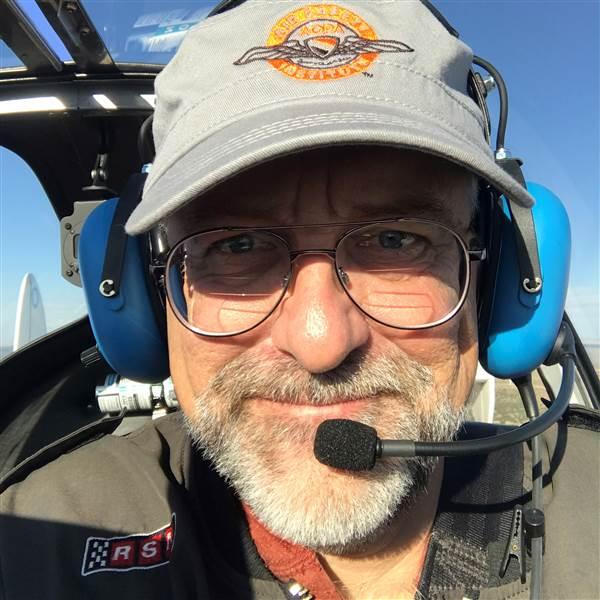Training and Safety Tip: Prepare to be forced
You’ve more-or-less learned to fly. You can accelerate down the runway, become airborne, and return to earth with sufficient grace to keep the airplane airworthy.
Good for you! Now it’s time to learn to crash.
Actually, the FAA doesn’t use the word “crash,” favoring the tamer-sounding “emergency” landing—a label that, granted, implies more action and less accident. While there’s a ton of interesting—and potentially life-saving—information in this chapter, today we’ll focus on the two most vital issues: velocity and mindset.
Velocity
The math is daunting. Doubling groundspeed on impact quadruples destructive energy. The more we can reduce the groundspeed before the aircraft contacts solid objects, the more likely we will avoid the kind of impact force that injures people (and worse). Given that calculus, every knot matters. So much so, that—if you are forced to choose—landing into the wind to reduce groundspeed takes priority over choosing the best orientation to the terrain you have selected for your emergency landing.
To minimize groundspeed further, you want to deploy your slow flight skills to their maximum, but not, of course, to the point of taking the risk of spoiling your beautiful, walk-away-from-it forced landing with a stall that you are a lot less likely to walk away from.
Mindset
All of that said, the single most important thing in meeting the ground at a time and place that are not ideal is your mindset as a pilot. Quoting a passage in the previously mentioned handbook, “The success of an emergency landing is as much a matter of the mind as of skills.” The FAA has identified three killer mindsets: the “this can’t be happening” syndrome; freaking out over getting hurt; and fretting about damaging the airplane.
I might have paraphrased the FAA verbiage a bit there.
Summing all of that up, R.A. “Bob” Hoover was quoted as saying, “If you’re faced with a forced landing, fly the thing as far into the crash as possible.”
In other words, don’t become a passenger at any point in the crash sequence. Remain pilot in command—in mind and in action—until the last piece stops moving.
That’s the right way to crash an airplane.




